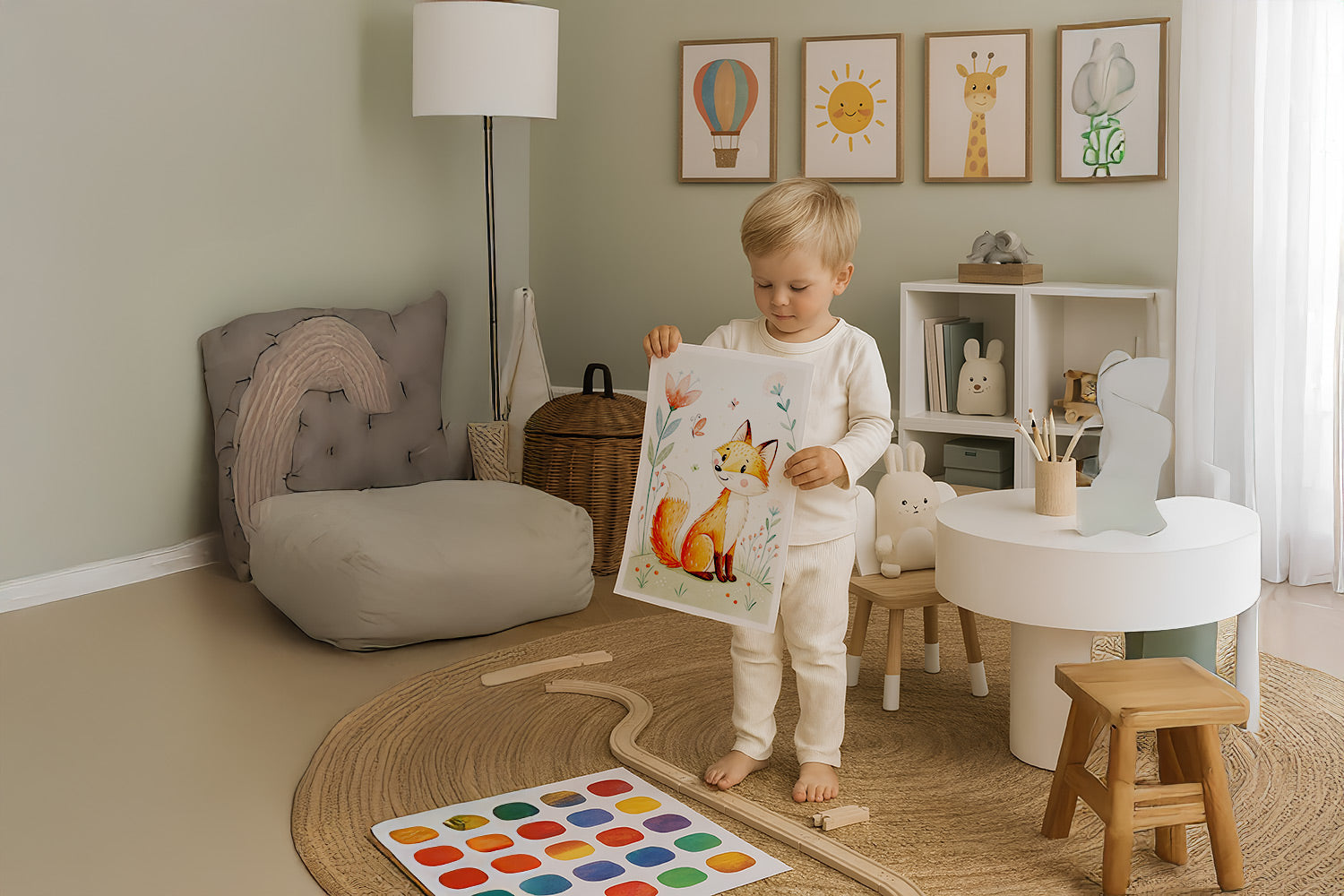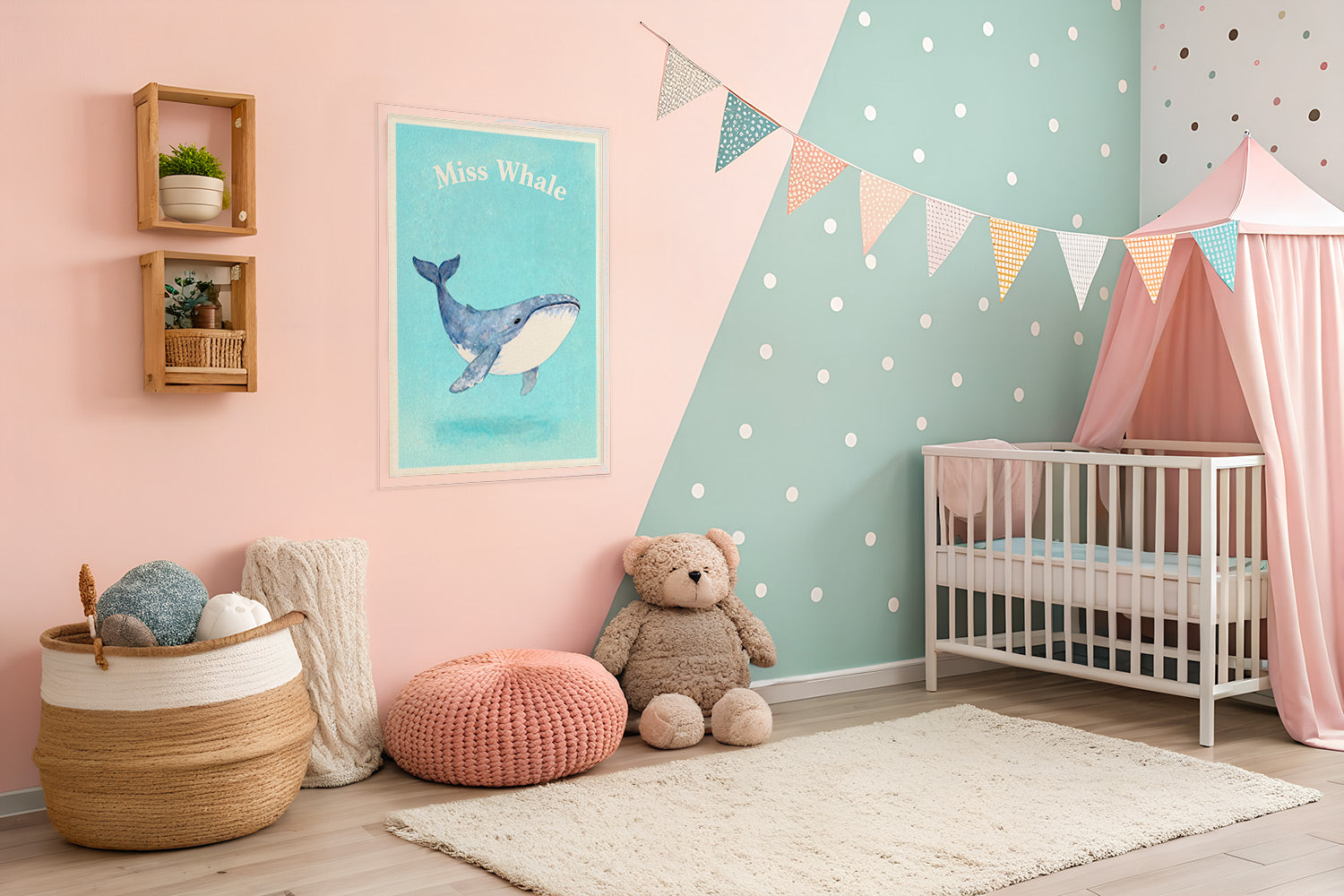Dune by Frank Herbert: where the idea came from, the books’ journey and a designer’s lens
How it all started: dunes that refused to stay still
Long before Dune became a stack of hefty novels, it was scribbles in a reporter’s notebook. Frank Herbert studied sand. Not beach-holiday sand, but the kind that shifts and swallows fences and roads. In the Pacific Northwest, attempts were made to tame these dunes. That clash between human ambition and moving terrain left its mark. Herbert saw patterns of cause and effect: wind, soil, plants, people, money, belief — and consequences nobody planned for.
Out of that observation came a bigger thought: what if a whole planet lived under the weight of scarcity? No open water, every choice costly. A world like that would shape law, trade, myth, and daily survival. Herbert turned this scenario into a tale of clans, nobles, religions, and a single rare substance powering interstellar travel. Dune isn’t prophecy. It’s politics and ecology locked together.

Dune, first edition (1965)
From pulp instalments to a bound book
Readers first met Dune in instalments within a science fiction magazine. That slow drip gave Herbert space to refine, and readers time to take in the setting. When the full book appeared in 1965, it tightened the narrative and widened the audience beyond magazine circles. Word of mouth spread it further. Universities took notice, as did readers who preferred systems and politics over endless space battles.
If you need a quick guide on dates and characters, two sources are handy: Wikipedia: Dune (novel) and the fan-built Dune Navigator with timelines and cross-references.

US first edition of Children of Dune (1976)
Why it still speaks to readers
Dune has a reputation for being dense, but it works because the rules are strict. On Arrakis, water dictates everything. Stillsuits are not costumes; they are engineering solutions. Cities take the wind into account. Rituals are built around conservation. Even a handshake is tied to water value.
The series also shifts scale constantly. One moment you’re inside a single sip of water, the next you’re in a galactic negotiation. That movement makes you reconsider your own world: which habits underpin massive markets? Which myths keep institutions ticking until they collapse?
The sequence in outline
The 1965 novel was only the beginning. The following volumes looked at outcomes, stretched timelines, and tested institutions. You don’t need to read them all to enjoy Arrakis, but the order shows Herbert’s craft: propose a rule, stress it across decades, watch culture adapt.
It mirrors system design: launch something, observe user behaviour, and see new patterns emerge. Some readers come for sandworms. Others stay for the cause-and-effect loops.

Arrakis as poster art
Environment, faith, and control
The desert is not background decoration. It disciplines everyone in the story. The Fremen way of life is a blueprint for surviving under extreme scarcity. Every tool, every ritual, every word is shaped by it. The suits recycle water, the steps keep rhythm to avoid detection, and even language compresses to save breath.
Belief in Dune grows from necessity. It binds people but can be used to manipulate. Herbert keeps reminding readers that power thrives on simple stories — ones we should question carefully.

Spice, guild, and the logic of scarcity
Spice fuels the galaxy’s transport system. The guild consumes it, traders exploit it, locals depend on it. A rare resource builds dependency chains. Even opponents need it. That tension moves the plot without car chases.
From a visual angle, spice shapes the colour palette. Ocher and rust dominate. Metal looks dusty, fabric looks useful. The atmosphere leans warm and textured, the way scarcity itself sets a tone.
Dune’s mark on visual culture
Designers have drawn from Dune for decades. Big shapes, small figures, plenty of empty space. Typography leans geometric and clean. Silence is part of the look. The viewer almost feels the wind across the page.
At Posterscape, when we design Dune-inspired prints, we choose textured papers and sharp inks. Limited palettes, strong shapes, breathing space. A poster should be clear from a few metres away. Dune’s aesthetic fits that approach naturally.

Turning the desert into wall art
A poster has one frame. Scale and rhythm do the heavy lifting. A tiny figure against a vast plane, repeated marks that pull the eye forward. From afar it looks calm, up close it rewards attention with texture.
The colour range stays mostly warm: sand, rust, smoke. Occasional cool notes add contrast. Type stays understated and spaced. The image leads, the letters support.
Function with a wry smile
Herbert hid humour in serious settings. The sandwalk looks solemn until you picture a group doing it in unison. The stillsuit is clever but unglamorous. Even leaders smell of work. That honesty has its own wit. Good design often does too: quiet but pointed.
Reading order and references
If you’re new, start with the original novel. Follow publication order if you want to keep going. The first pair works as a diptych, the later books stretch institutions and time. To stay oriented: bookmark Wikipedia and Dune Navigator.
Interviews and essays add background. Many trace the ecological roots of Herbert’s idea and show how local dune problems suggested galactic ones. They’re not essential but add texture — and make the design logic clearer.
From sketch to finished print
Our process at Posterscape begins with thumbnail sketches. Dozens of small tests for horizon, scale, density. Then value planning: light, mid, dark. If it works in three tones, it will hold under colour. Sand is suggested with short marks and gradients rather than drawn grain by grain. Text sits in lighter areas for legibility no matter the light.

Placement ideas
One big print over the sofa, a pair in the hallway, a wide crop above the desk. Wood frames bring warmth, metal keeps it modern. A mat adds space. Testing with paper cut-outs at full size helps: if it feels right walking in, it is right.
Why Dune works on the wall
Dune encourages slow looking. Posters can echo that rhythm. They don’t shout; they settle in. In shared spaces that calm presence is valuable. And let’s be honest: hinting at a sandworm always sparks a grin.
Read first, then pick your wall
If you haven’t read the book, start there. Use this overview and turn to Dune Navigator when names blur. If you’d like to carry some of that world into your home, explore the posters we’ve created with those ideas in mind: Posterscape Dune Collection.
The novels reward patience. So do well-made prints. Different media, same mindset.


Leave a comment
This site is protected by hCaptcha and the hCaptcha Privacy Policy and Terms of Service apply.